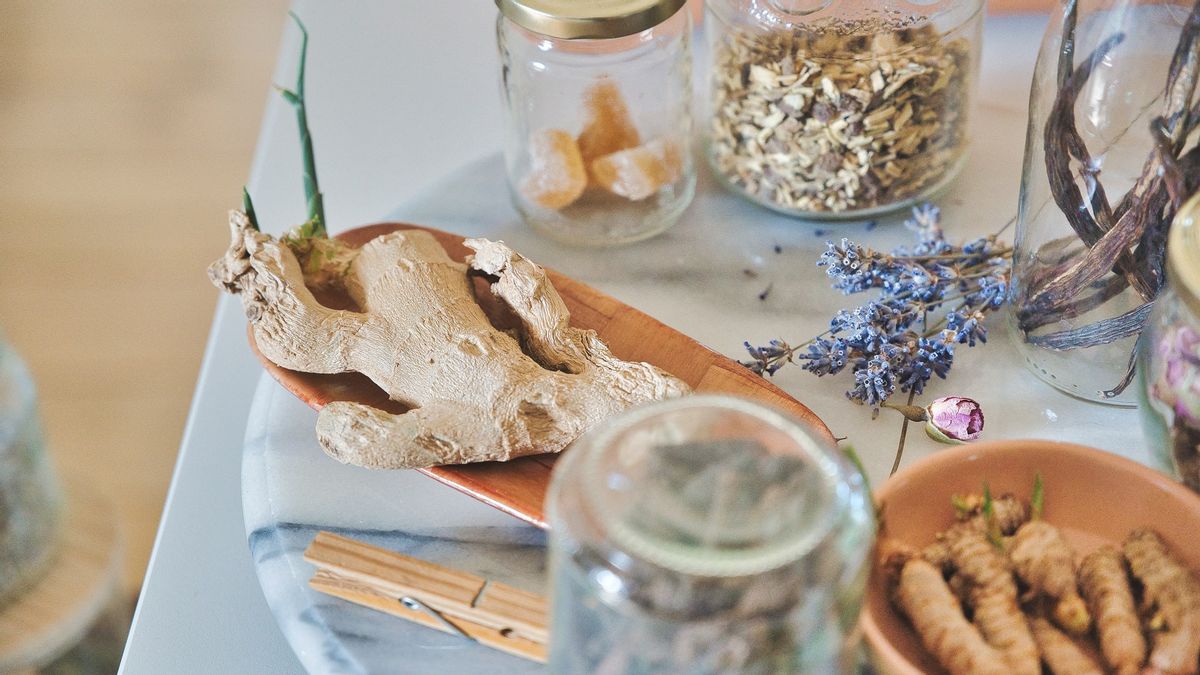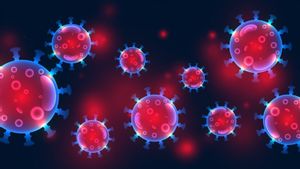JAKARTA – Hypertension or high blood pressure that is not treated immediately can trigger cardiovascular disease. Such as heart attack, stroke, heart failure, kidney disease, decreased vision, and blood vessel damage.
Hypertension, according to the Centers for Disease Control and Prevention (CDC) reported by Medical News Today, Tuesday, November 30, affects nearly half of adults in the United States. A recent study, found that a diet of herbs and spices has the potential to lower blood pressure and reduce the risk of cardiovascular disease.
The diet includes reducing salt intake. In addition to potentially reducing hypertension, a diet of spices and herbs found in studies also reduces excess lipids in the blood, hyperglycemia, and oxidative stress. Trials on a diet of spices and herbs associated with hypertension were conducted by researchers from Pennsylvania State University.
Findings from long-term randomized controlled trials on cardiovascular disease risk factors. They found that higher levels of herbs and spices in the diet reduced blood pressure over a 24-hour period. The findings were published in the American Journal of Clinical Nutrition, one of the lead authors is Professor Penny Kris-Etherton.
"Indeed, the blood pressure-lowering effect of herbs and spices in the average Western diet surprised me," says Kris-Etherton.
This study found a new hypothesis, in addition to a healthy diet avoiding caffeine, salt, and alcohol, and living a healthy life with regular exercise and enough vitamins and folate. The effects of herbs and spices on lowering blood pressure are new, says Kris-Etherton.
Previously, similar studies have not been found. This new study found the benefits of lowering blood pressure at the age of participants 30-75 years. Study participants had cardiovascular risk factors and were overweight.
After the participants fasted for 12 hours, the researchers made a baseline assessment. These include height, weight, waist circumference, fasting blood samples, and vascular tests.
The investigators' tests included vascular testing, including central and peripheral blood pressure and arterial stiffness measurements. Randomly, participants were divided into three groups. Each group ate one of the three diet foods. Namely a low spice diet, a moderate spice diet, or a high spice diet.
In the diet menu, including daily salt intake, the first group is 0.5 grams, the second group is 3.3 grams, and the third group is 6.6 grams and spices with the three sizes above.
Spices in the diet that are eaten include cinnamon, turmeric, and oregano. The participants dieted for 4 weeks and rested for 2 weeks. At the end of the diet period, studies show that high-spice diets tend to potentially lower blood pressure readings over a 24-hour period.
However, many factors affect the success of this diet. Including metabolic effects that are complex enough that we cannot recommend only increasing the intake of herbs and spices to reduce hypertension.
The English, Chinese, Japanese, Arabic, and French versions are automatically generated by the AI. So there may still be inaccuracies in translating, please always see Indonesian as our main language. (system supported by DigitalSiber.id)













